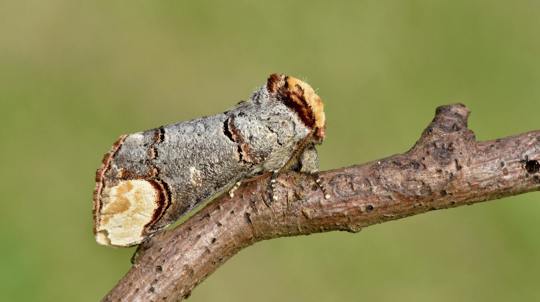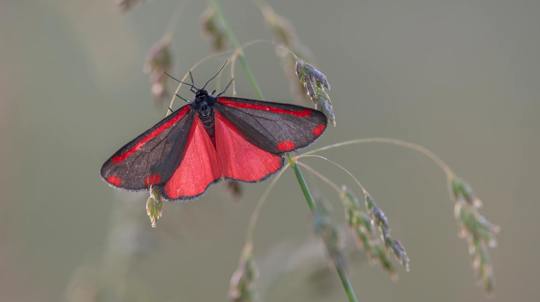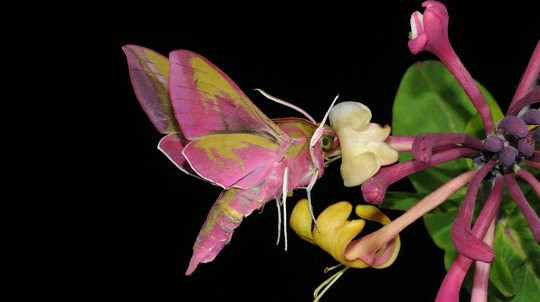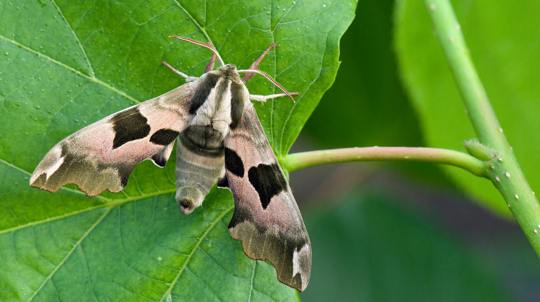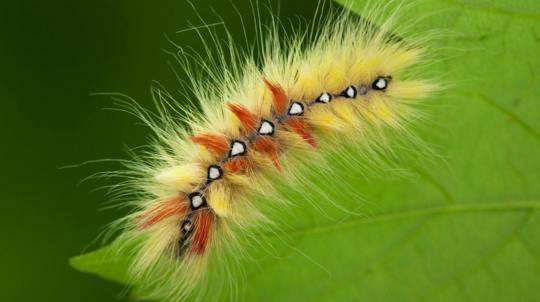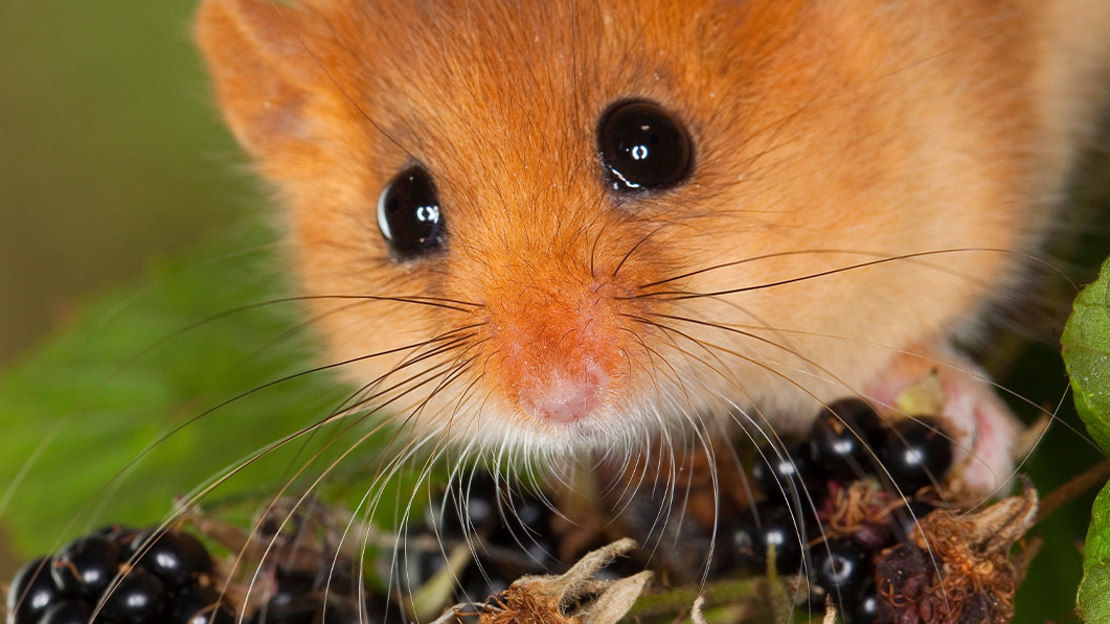Signs and spotting tips
Dark crimson underwing moths are nocturnal. They hide away during the day, using their bark-like camouflage to blend into trees. They take flight again from late afternoon and will spend the night feeding on tree sap.
The best way to try and see a dark crimson underwing is to use sweet, artificial bait that mimics their natural food source. They find home-made wine ropes (strips of absorbent fabric or rope soaked in a solution of red wine and dissolved sugar), and sugar solutions (usually a mixture of black treacle, brown sugar and brown ale) painted onto the trunks of mature oaks are irresistible.
Dark crimson underwing moths are also attracted to light, which means you could, in theory, find one in a moth trap run in the right habitat.








